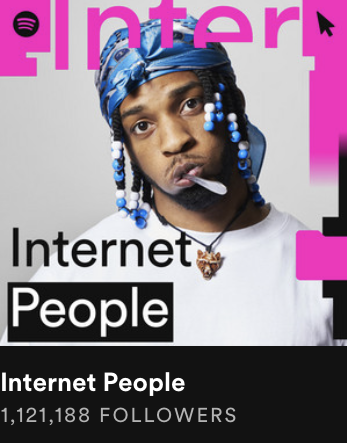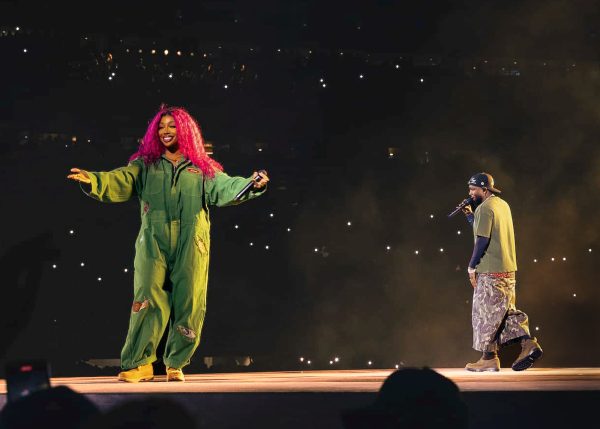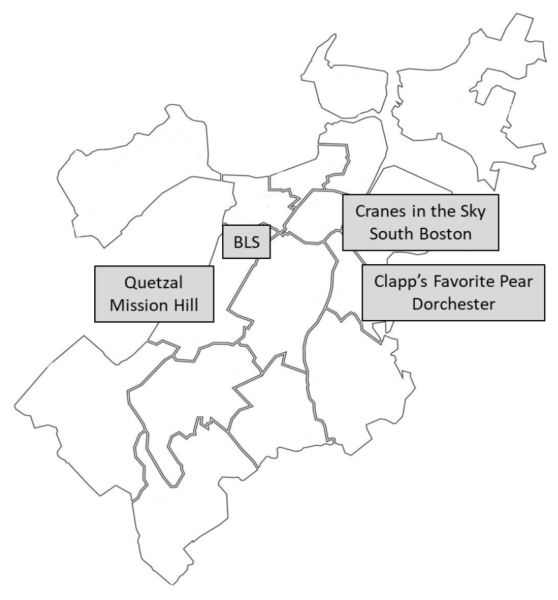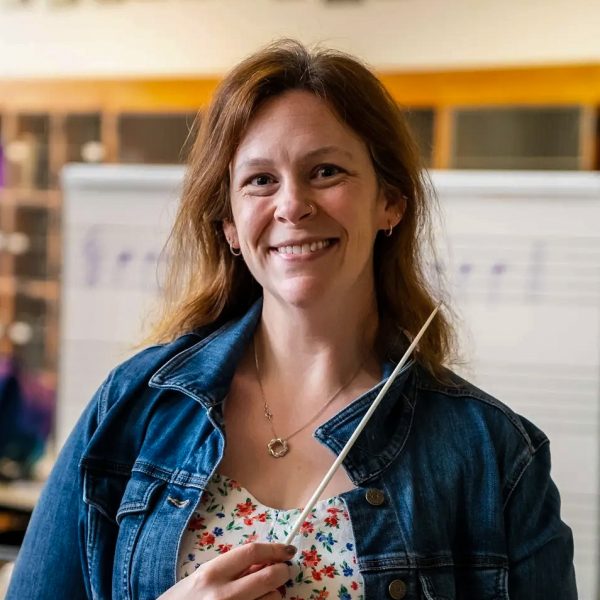The Age of the “TikTok Song”

Spotify fame often revolves around being “Internet famous.” (Source: Spotify)
The phrase “TikTok song” is by now almost certainly synonymous with a song that is currently trending. Such songs are frequently used on the video-sharing app TikTok, which causes them to gain popularity and garner plays on other platforms. As such, music artists have developed a mutualistic relationship with the app; as an artist’s song gets more attention from playing in the background of popular videos, TikTok gets more retention time from its users as the songs spark new trends, causing users to interact with the app more.
One musician who has gained prominence through “TikTok songs” is singer-songwriter Olivia Rodrigo. Although “drivers license” is the song which receives the most credit for her success, another song that has contributed to her popularity is “All I Want,” which she wrote for the Disney Plus show High School Musical: The Musical: The Series. Fans of the show used the song in their own TikToks, and Rodrigo gained a supportive fanbase through the exposure. When Rodrigo released her own original song, her already-established fanbase was there to support her by making TikTok videos with her new song, allowing for Rodrigo’s song and name to reach household status.
According to Boston Latin School band director Mr. Denison Blackett, “[TikTok] is the best advertising [because all you need is] a few smart hashtags [to] collect a true following.”
Over the last few years, the way we access new music has changed drastically, with music-streaming platforms having risen by about 10 billion dollars in yearly streaming revenue in the last five years. It is clear that now, the way we access music is primarily through the internet. This seems obvious, but before the emergence of the Internet, CDs were the main way to consume music. Listening to music was not as accessible because people had to own physical copies of their favorite albums. Nowadays, we can play a song instantly, making streaming the go-to choice for most people.
It is also now easier to share music that you like with people you know. If one wants to discover new music, all they have to do is ask their friend to send them a link to a song, and they can listen to that song instantly. Arthur Le (II) says that he finds “new music through recommendations from friends and YouTube,” rather than listening to the radio or going to a record store.
These days, listening to a song couldn’t be easier, which has worked in the favor of “TikTok songs.” If one hears a catchy tune on TikTok, they can instantly listen to that song by searching it up on a streaming service. The TikTok algorithm boosts videos with high-engagement songs, exposing them to more people, which in turn drives more people to stream the song. As more people stream the songs, streaming services will know that they are hits, making the songs more popular. Winnie Yuan (II) believes that TikTok is a great platform to find music because “there are new catchy songs that become popular every few weeks or even days.”
In many cases, TikTok popularity appears to benefit both the artist and the platform, but this does not always ring true. Pop singer Halsey recently released a viral video claiming that they have a song that they are passionate about. Their record company, however, which owns the song, refused to release it because the company wanted to make an artificial viral trend to promote it. Halsey claims that the industry learns from what works, especially when artists like The Kid LAROI have had very successful trends that were made artificially in an effort to increase the popularity of their songs.
Many artists’ creative liberties suffer damage due to new industry practices. Although TikTok can help artists find new success in the music industry, the app can also hurt artists, as record labels censor their work in an effort to make more money. In a highly digitized and consumer-oriented age, it is interesting to see how a platform can be both helpful and harmful. In the future, artists hope for change so that they can achieve widespread popularity without sacrificing creativity for profit.






